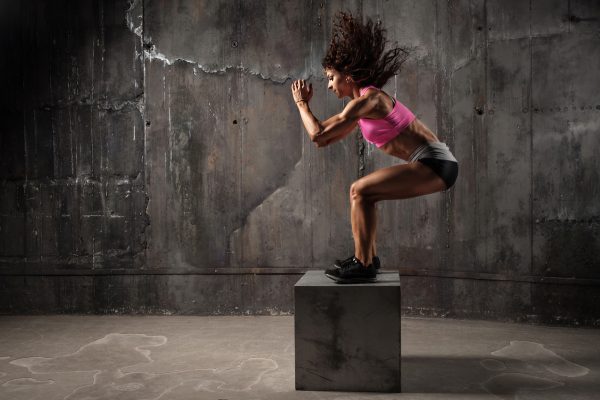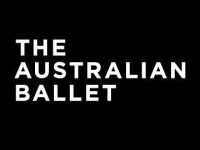Functional Exercise for Dancers (Part 2)
Applying Functional Training to Dance
by Sally Harrison from Band-ITS & Strength4Dance
In my last article, we looked at the seven basic movements of functional exercise ⏤ being the Squat, Lunge, Twist, Bend, Push, Pull and Gait. We already know that Functional Strength Training should serve some sort of purpose for the movements that we do in our daily lives ⎯ but what does this mean for dancers?
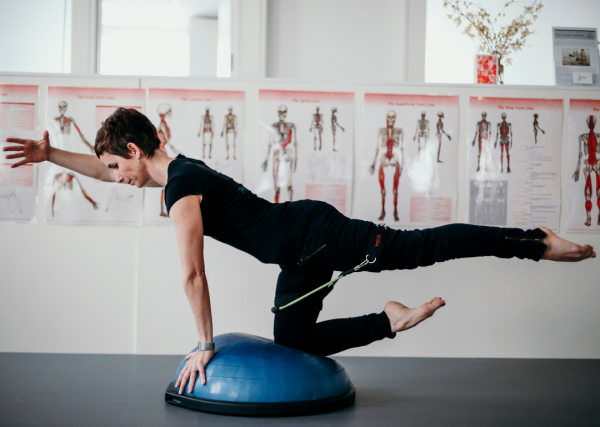
When we think about functional training for dance we want to think about exercising in ways that will directly benefit the movements that we are doing when we dance. What muscles are we using? Where is our base of support? Are we changing direction? Are we standing on one leg, or two?
To focus on getting your body strong for dancing, it might help to think about the following things:
STABILITY & MOTION:
Being rigid is not desirable for the body, and stability does not mean rigidity. We want to be able to control our movement both in and out of our base of support, and remain fluid.
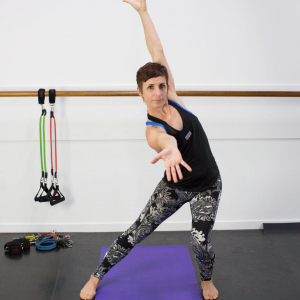
ACCELERATION & DECELERATION OF MOVEMENT:
Have you got strength and control in both of these areas? Not only with jumps, but with smaller movements too?
MULTI-DIRECTIONAL MOVEMENT & STRENGTH:
Are we using all three planes of movement? Are we moving forwards, backwards, diagonally, sideways? Sometimes more than one at the same time? Are we strong AND mobile in all of these directions?
CONTROL & MANAGEMENT OF GRAVITY:
How well can we align the body in space against the forces of gravity pushing us into the ground? If we do a lot of exercises sitting or lying down, how does this translate when we’re on our feet? Should we be doing more exercises in standing to gain strength in that position?
TASK SPECIFIC MOVEMENTS:
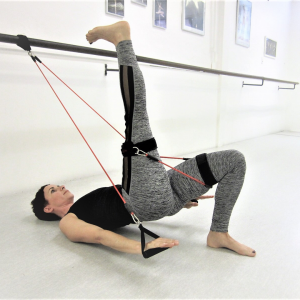
Functional training for the dancer, as for anyone, needs to be task driven. What this means is that the exercise needs to be designed for the desired outcome. For example, training for better jumps would need to address leg strength when in contact with the floor, elasticity and recoil of the tissues to propel you into the air, hip and pelvic control to stabilise the legs on landing and take-off, and cardiovascular stamina to keep your energy and power for a series of jumps.
Therefore, the next time you head to the gym or decide to do some training at home, think about how you can make it functional for your dance class and gain strength in all of the movements that you need.
Read our previous are on Functional Movement
Sally xx
Pro-Align physiotherapy for dancers

